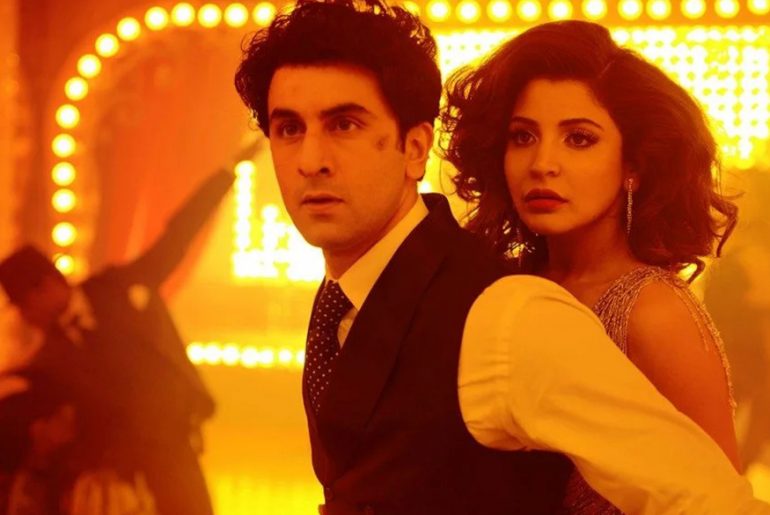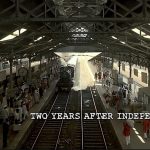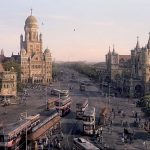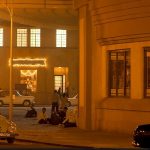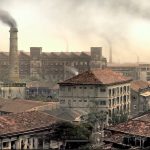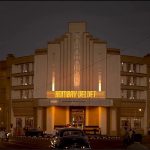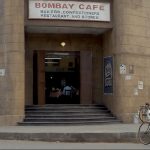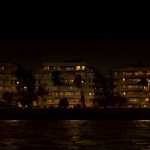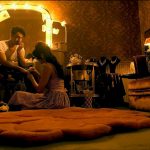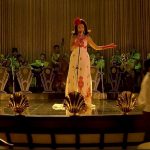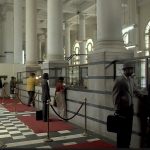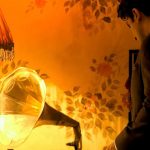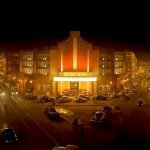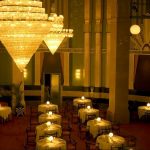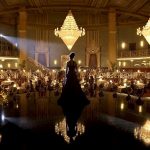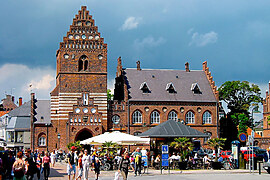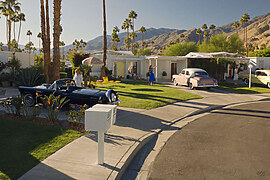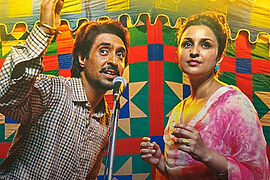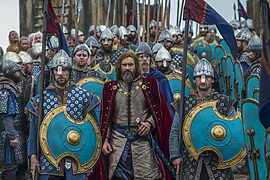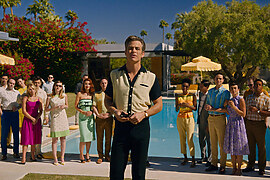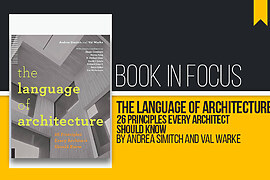Bombay Velvet, a 2015 Indian Hindi-language period crime thriller film directed and co-produced by Anurag Kashyap, is a story of the town of Mumbai becoming a metropolis against the backdrop of love, greed, violence, and jazz music. It’s the story of one ordinary man who goes against all odds and forges his destiny to become a ‘Big Shot’. A movie about jazz clubs, a fanatical love story, a growing metropolis, and a phenomenal hunger for a good life. Set in 1960s Bombay, the film tells the story of a boxer, Johnny Balraj (Ranbir Kapoor), and an aspiring jazz singer, Rosie (Anushka Sharma), and the way their hopes and dreams collide with their realities.
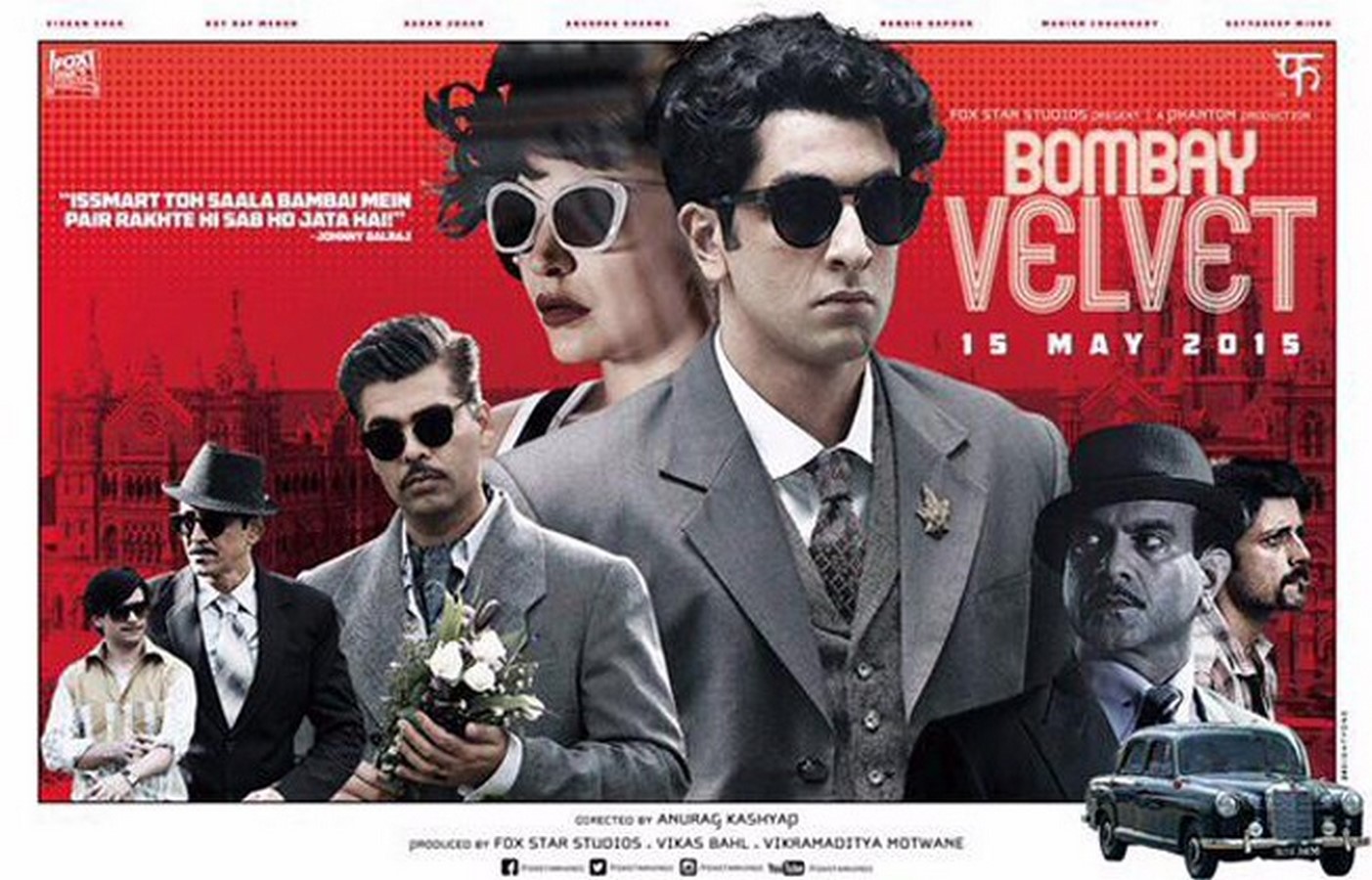
The story takes place primarily in two parts of India and is spread over a 20 years timeline: In 1949, young Balraj lands in Bombay with his mother showing the old Bombay style of living and environment, depicting the first scene of the film as old Bombay Railway station. It follows the Bombay Dock and dust from the mills fill the sky imitating dull pictures of the frame about the life of people from low to high class; while Rosie is a gifted singer. She was noticed as a singer in her childhood in a church by a Portuguese teacher (Remo). The scene of Goa is set during the 1950s, just after the Independence of India, imitating the Portuguese influence on Goan architecture. The white and brown colour palette, along with elements of late Gothic Architecture combined with Spanish plateresque style and Flemish Architecture is visible in the scene.
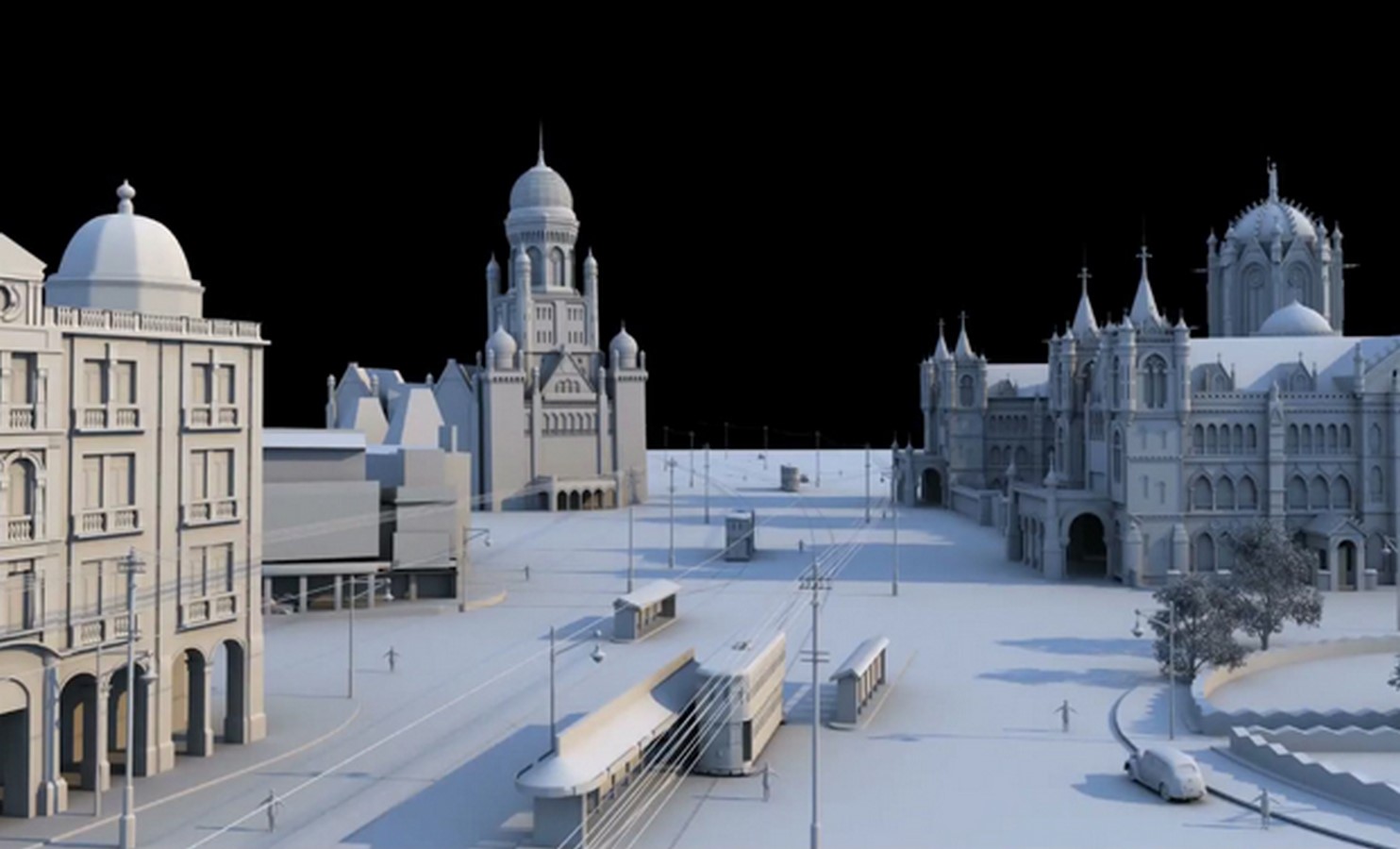
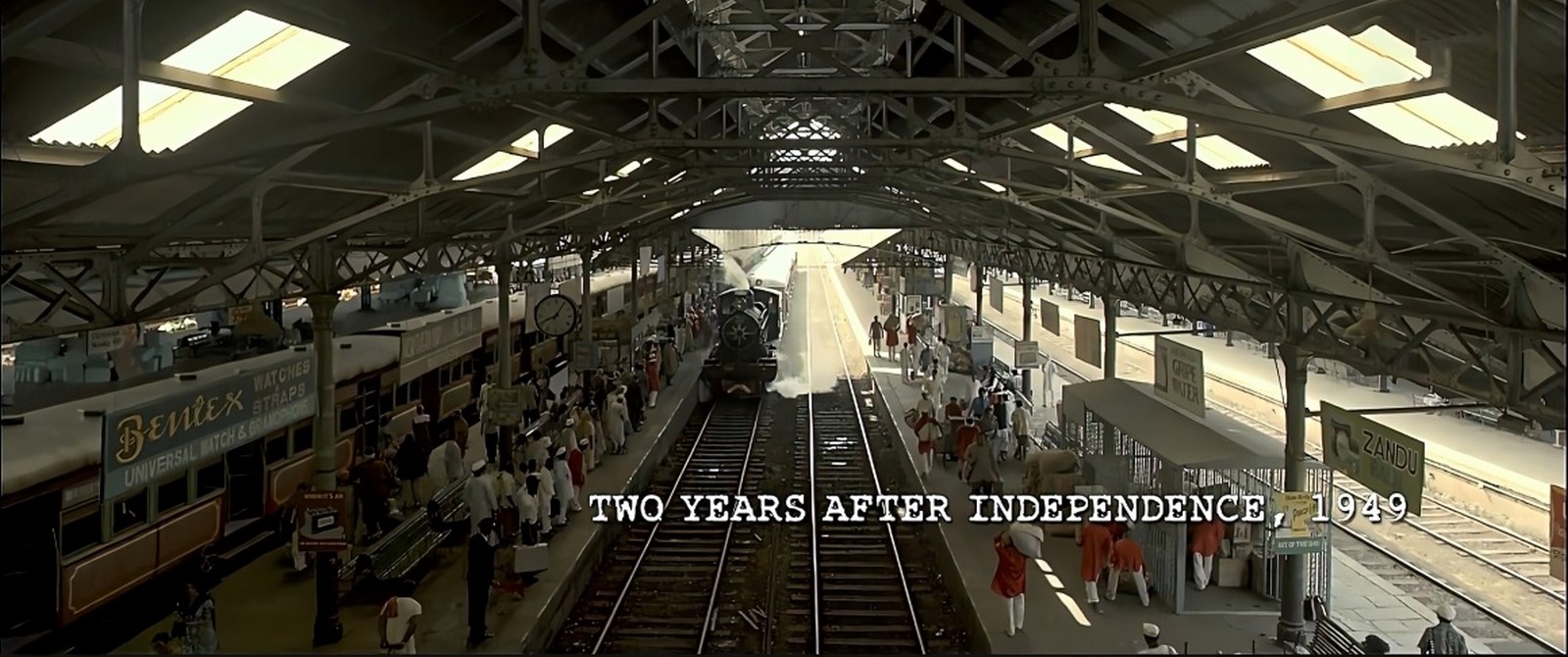
As time passes and both the actors become young, the scenes shift into the 1960s of a timeline exhibiting the real-life story of how Bombay changed its entire landscape during this era and the politics and corruption that happened as the backdrop to the Johnny-Rosie (Ranbir-Anushka) romance in the film. The next major scene of the film opens up depicting the old city of Bombay, whose set was created in Sri Lanka and, to date, is a significant tourist attraction. A dialogue by Kaizad Khambatta (Karan Johar) states, ‘Seven Islands, beech mein paani, paani ko bhardia, one city, Bombay.” From the Seven Islands to Bombay as a trading town, gradually transforming into a fledgling industrial and manufacturing centre, Bombay’s metamorphosis was aided and accelerated by economic, political, and physical changes as shown by the course of the film. The scene here depicts the Indo-Gothic architecture of Bombay during the 1960s, which the Britishers left as a legacy behind, followed by the Art deco style of architecture in the later part of the movie, which became a sorted- style of architecture during those times in India.
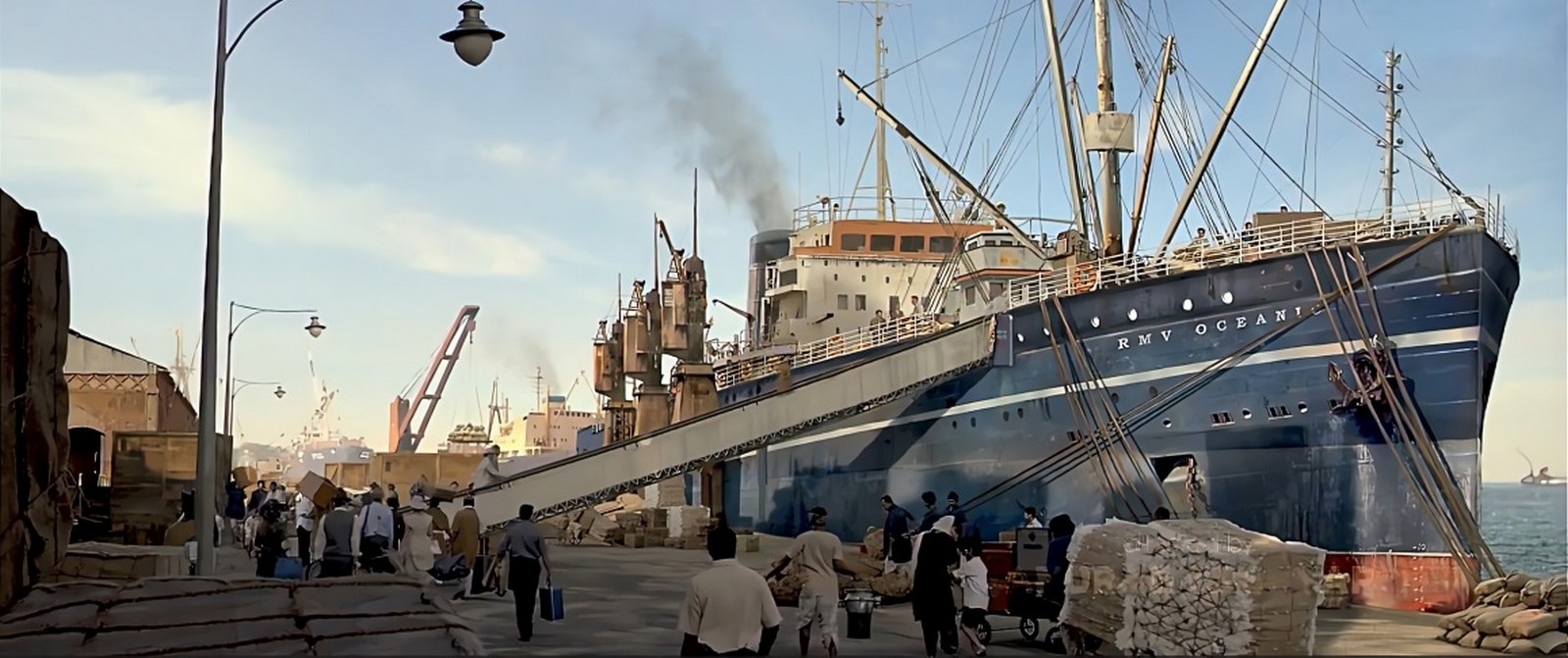
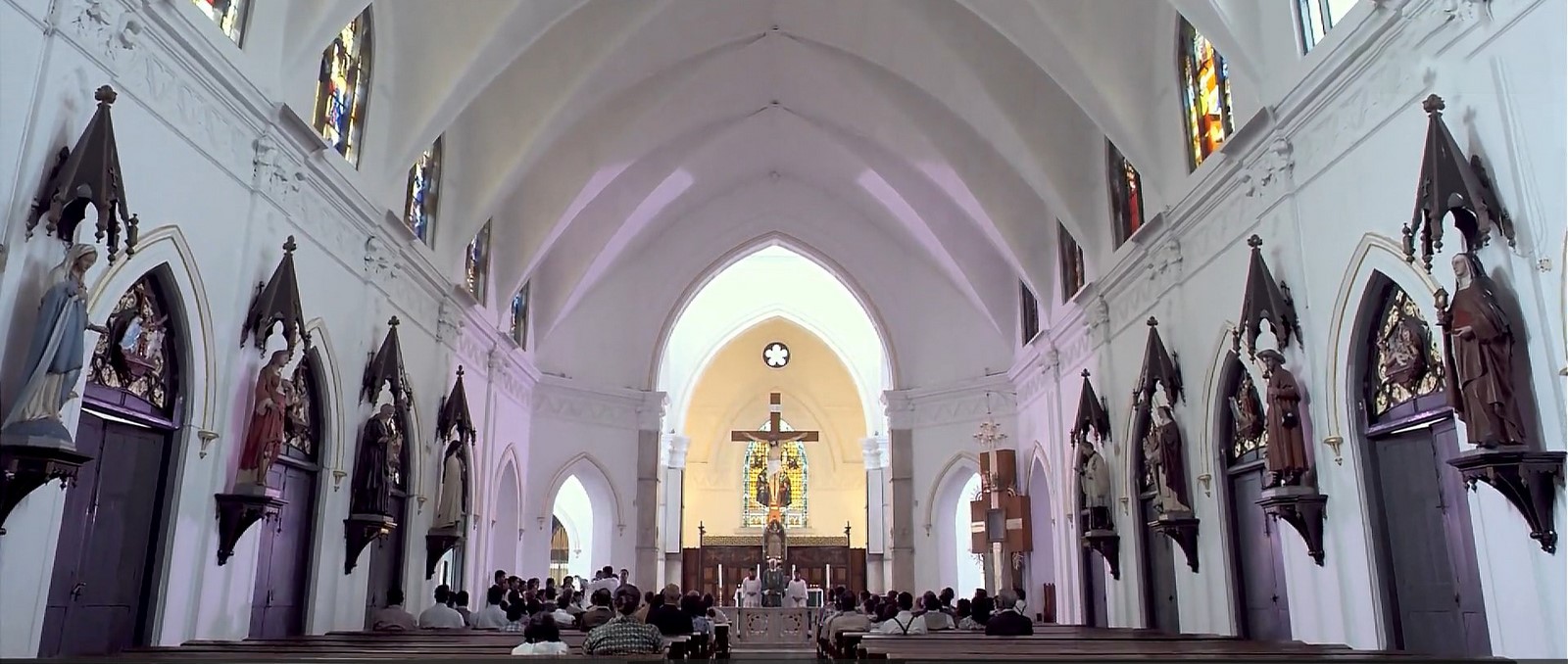

During those times, the Gothic building style was most manifested for its imposing grandeur. Typical elements of Gothic-style architecture such as Onion domes, pointed arches, pinnacles, towers, minarets, open pavilions, etc., along with minute details of pillars, beams, lintels, motifs, and orders had been worked out on the set of Bombay velvet, making it one of the best movie sets in Bollywood (majority of details were created by VFX). Not only the exterior of the structure but the interior was focused similarly, maintaining the white and brown colour palettes of the city matching the dusty atmosphere due to the smoke from the mills creating a lavishing rich look of the southern part of Bombay. On further dashing into the details, the walls were given a dusty look imprinting the difference between the lives of the affluent living inside the marvellous structures while the poverty-stricken residing on the streets hardly surviving the hardships imposed by businessmen and politicians.
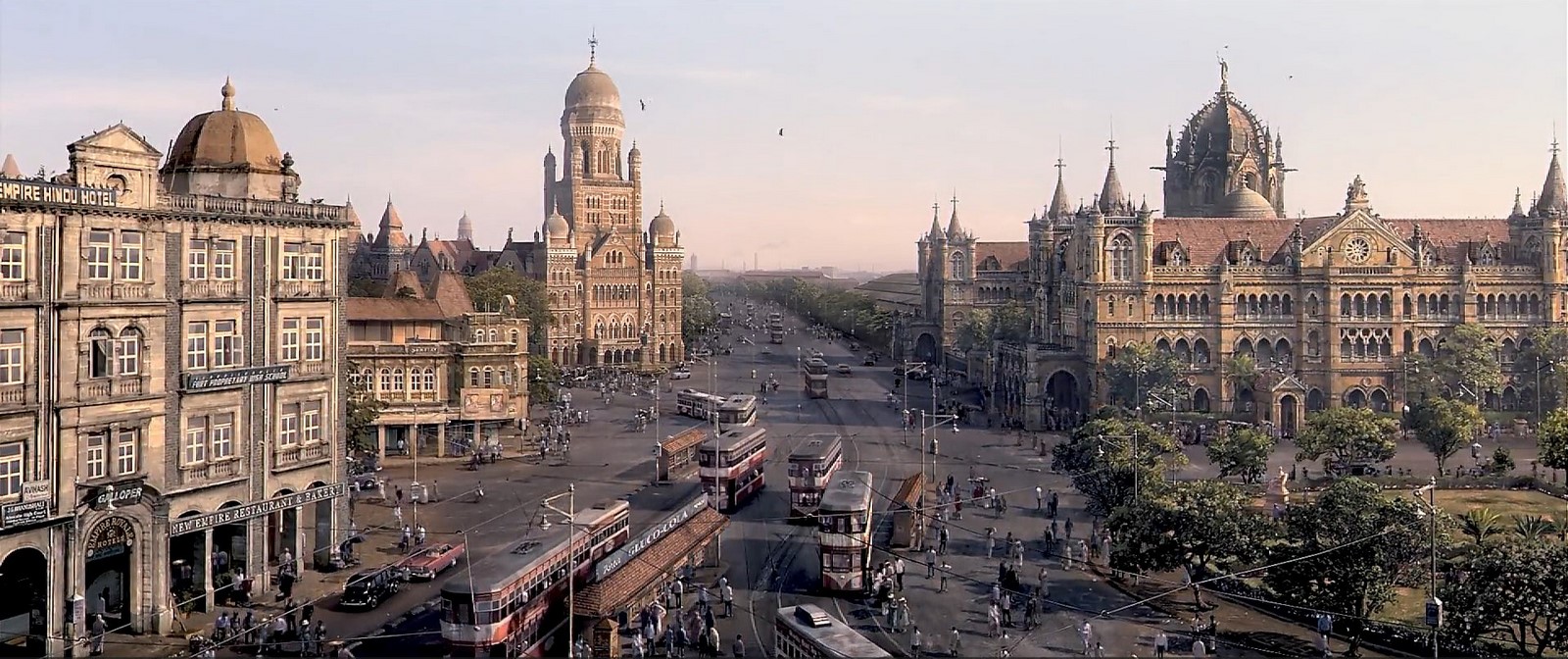
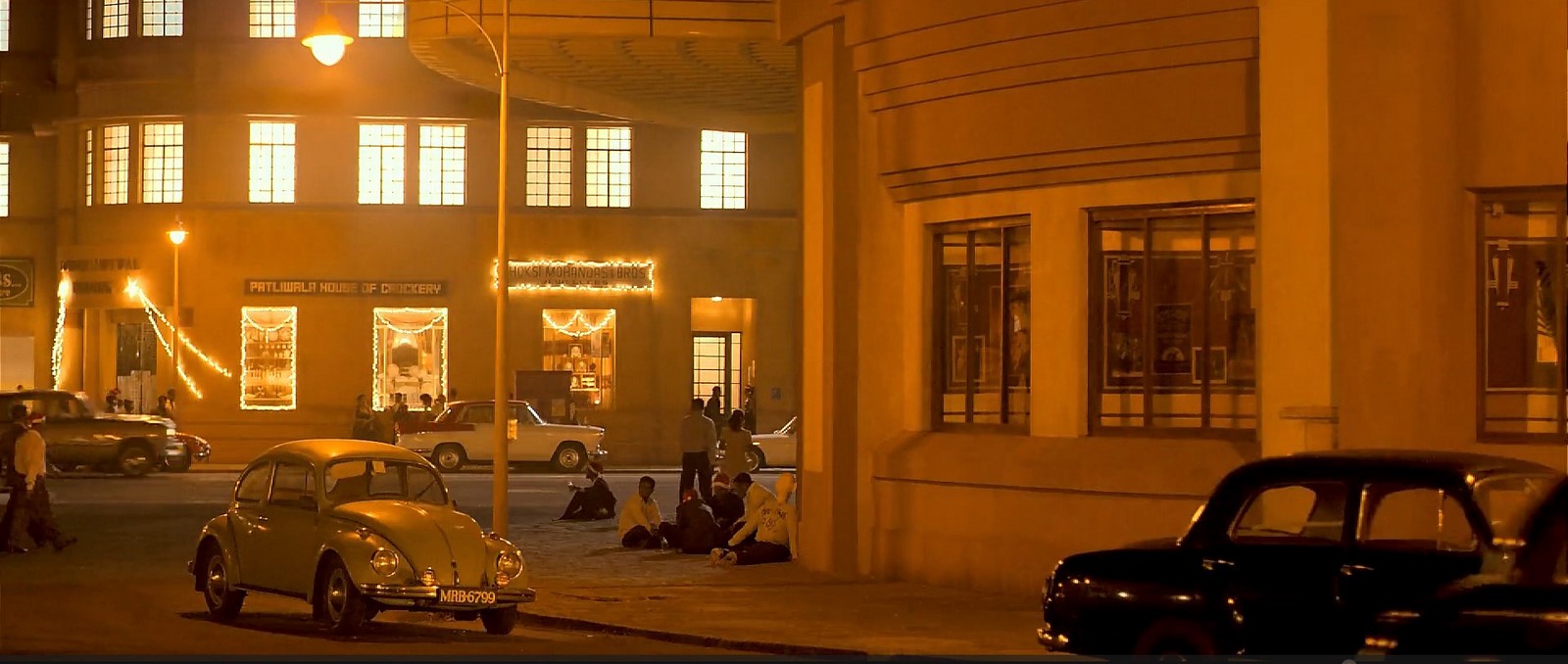
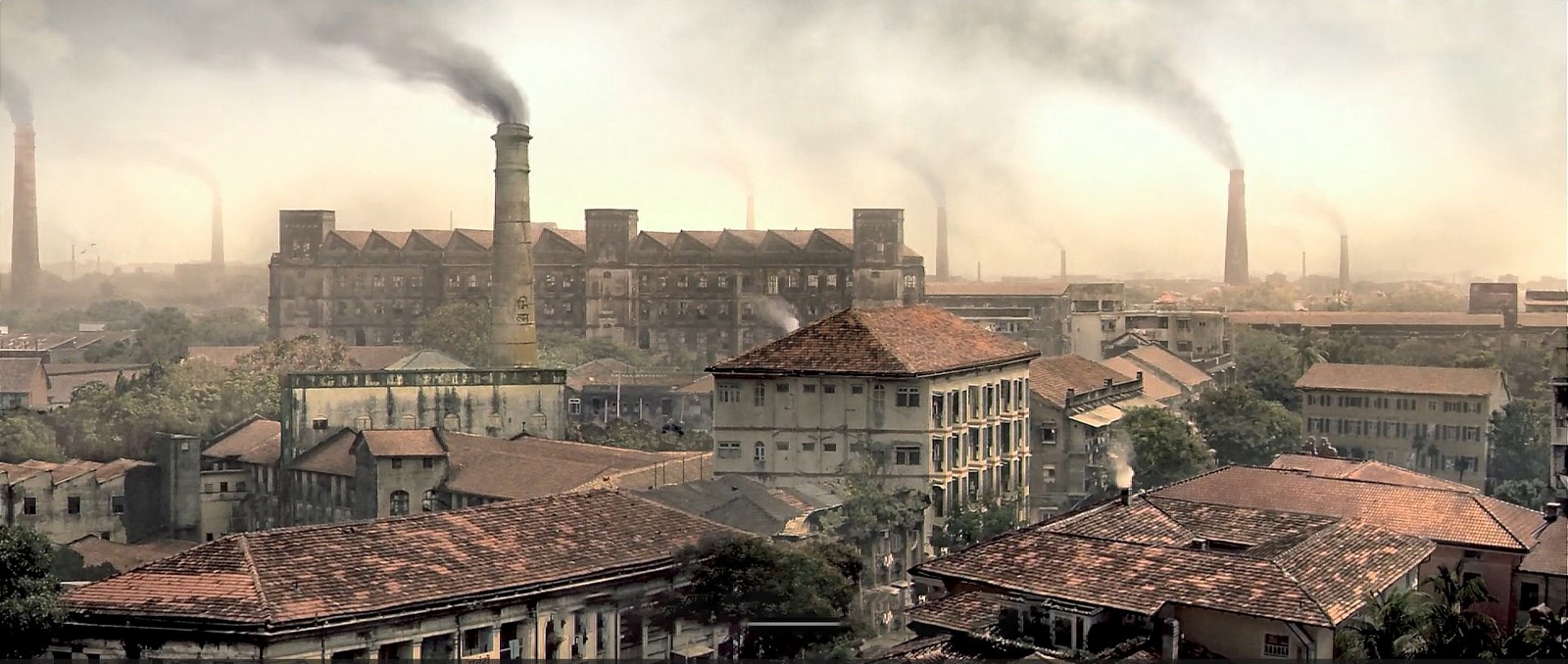
Following the time, the film revolves around a big club in South Bombay called Bombay Velvet, which was depicted in the Art Deco style of architecture and was considered a dream project of Kaizab Khambatta as a source to smuggle illegal alcohol and drugs into the city to make big money along with the capitalization of Bombay.
During those times, new patterns of lifestyle became evident during this period, with the introduction of concepts such as ‘commuting’ to the place of work or travelling distances for a weekend outing. Cafes and Restaurants started to become prominently visible in the course of the movie. The social and cultural ambience in Bombay was thus suitably conducive to the introduction of Art Deco architecture and interiors. The upper class and the business community of entrepreneurs and managers happily imbibed contemporary trends in western culture to create a bon vivant lifestyle that symbolized gaiety and colour, enclosing western cuisine, dress, ballroom dancing, jazz, cabarets, horse-racing, and the cinema.
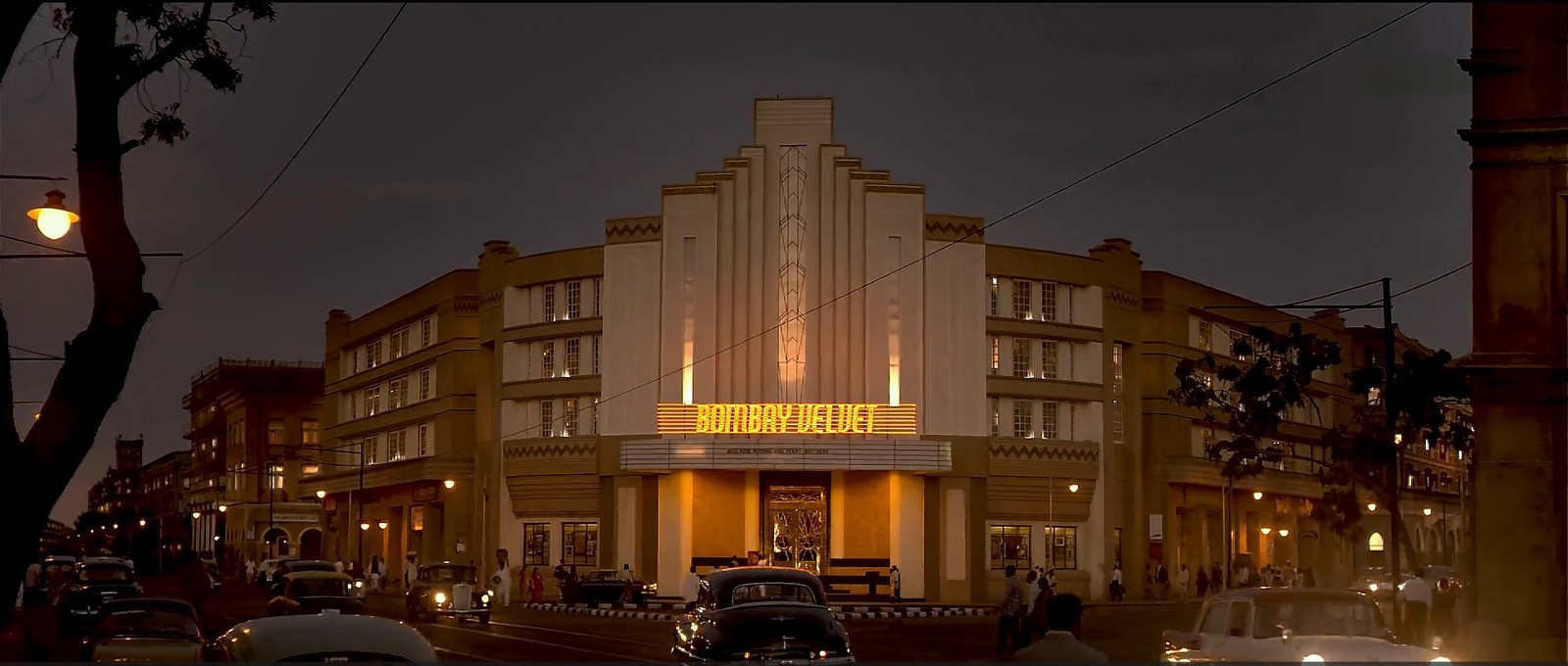
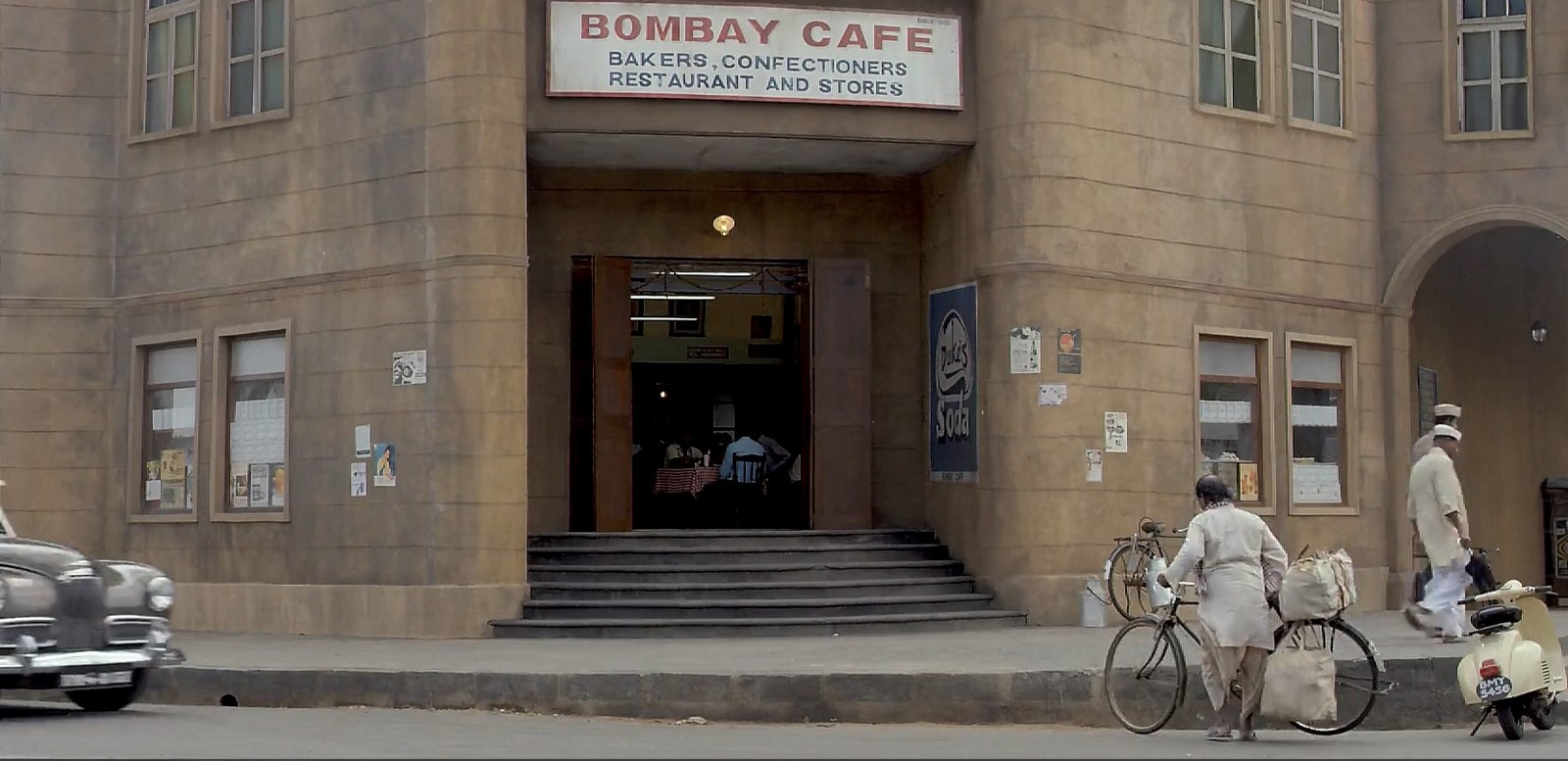
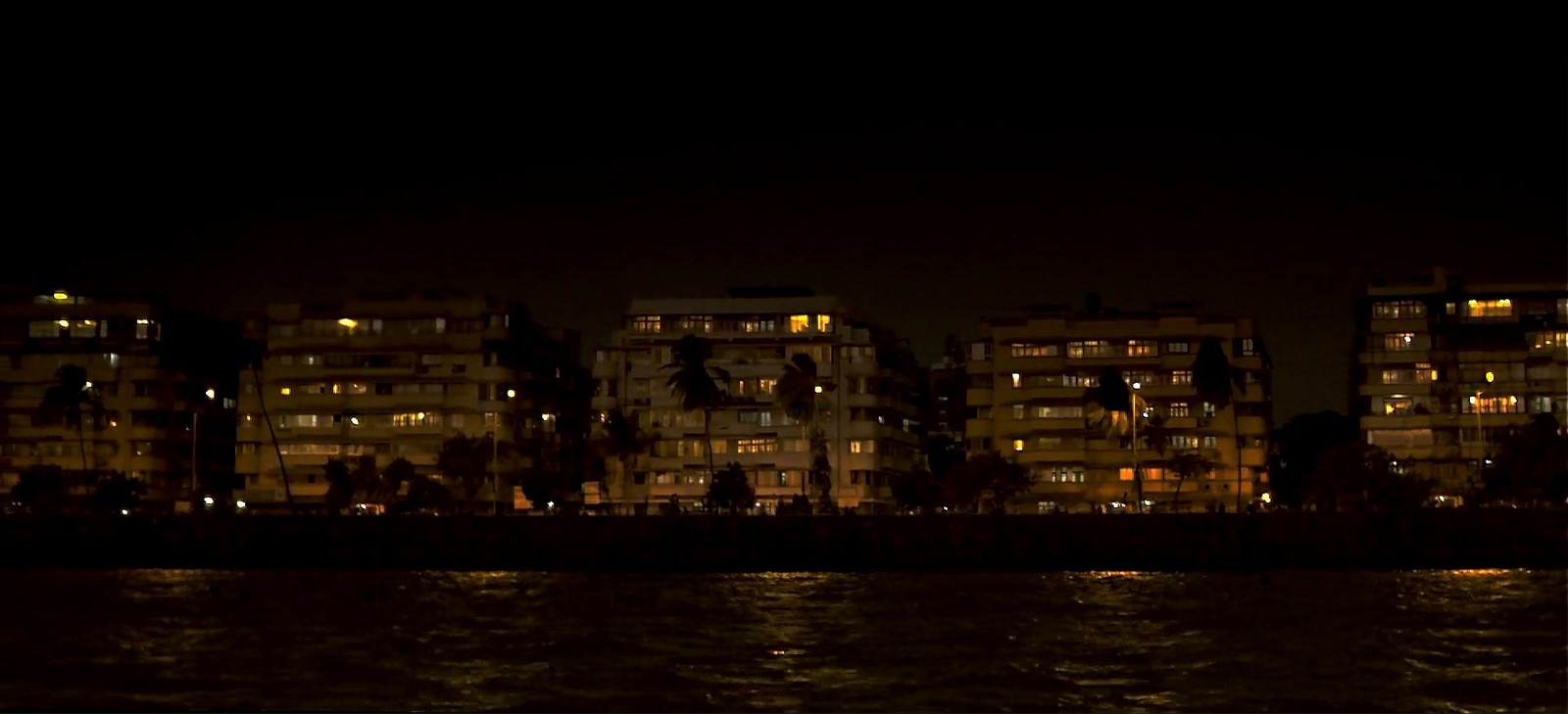
The lighting of the movie is played along with the scenes and colour palette of the structures. The Art Deco style of architecture was more about bright and deep colours along with a combination of softer colours like creams and beiges shown in the interior of structures for living rooms, bedrooms, and dining rooms. One more point of detail is shown in the film, having white painted walls and ceilings in huge halls of public buildings. The lighting, on the other part, is kept more vintage, contrasting the period of the film along with architecture, costumes, and life of the people. The movie emphasizes the lifestyle of old South Bombay near Nariman Point, considered as Manhattan of India.
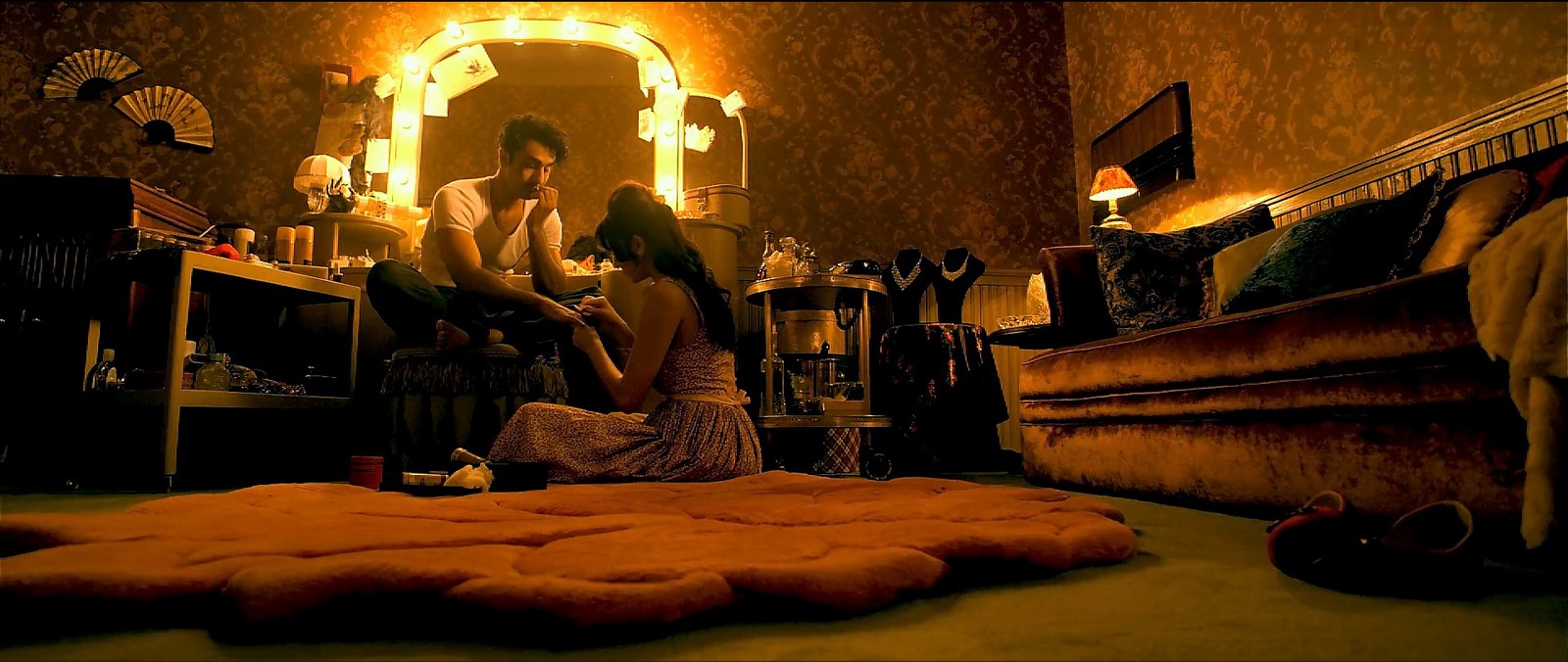
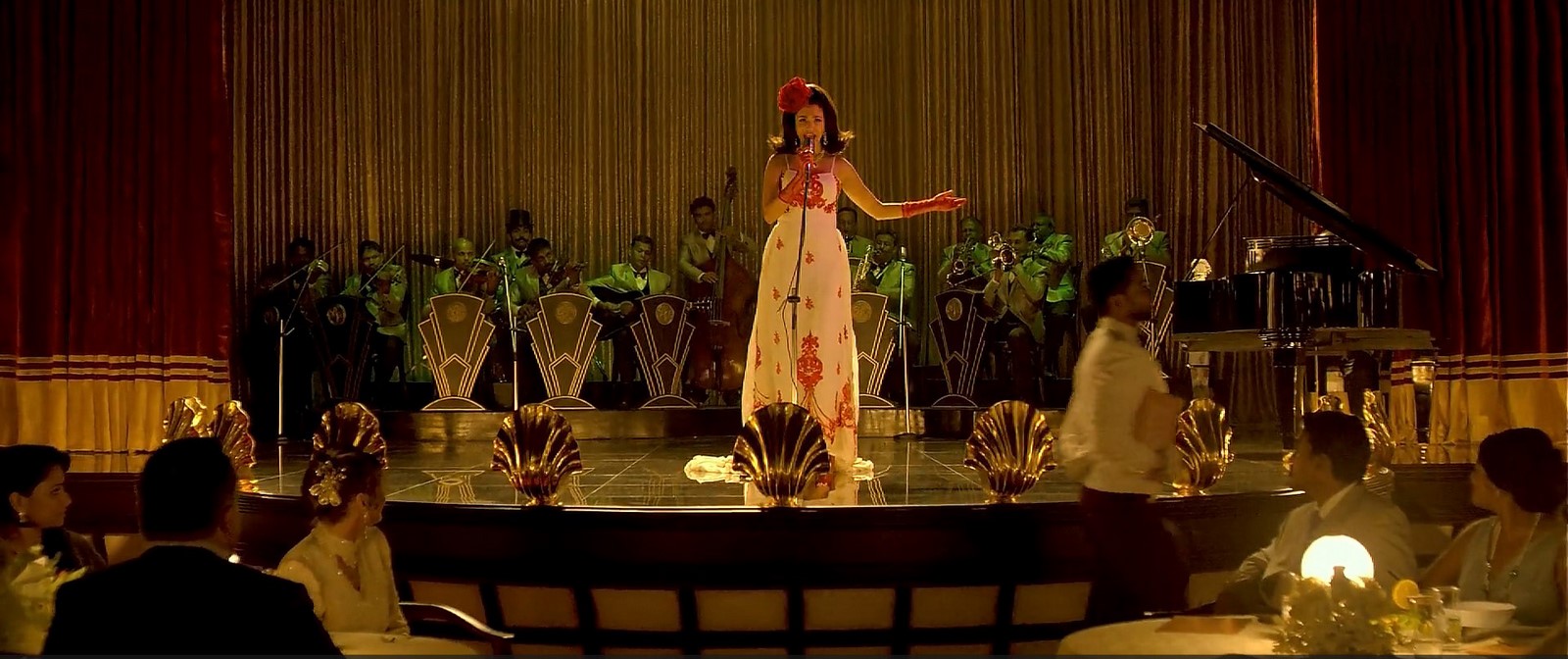
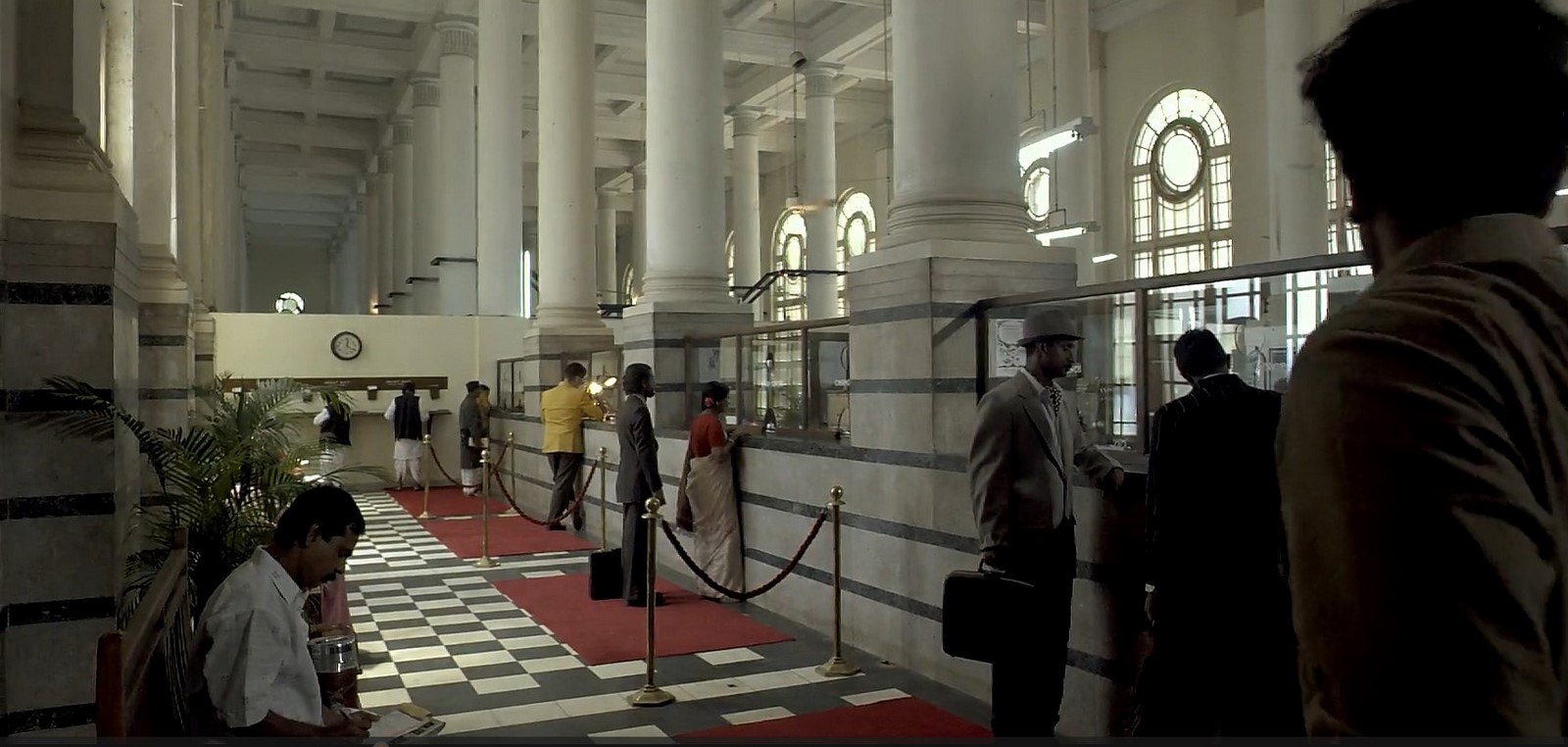
Interior of Bombay Velvet
Deco is elegant, functional, and modern, and dates back to the 1920s. The movie resembles the style in the interior of various structures, with Bombay Velvet club a major one. Art Deco motifs are visible in a strong and bold look, with vertical lines and angular details. Zigzags, chevrons, and stepped patterns were also visible, from the floor and wall coverings to textiles and upholstery. Deco represented an inherent luxuriousness, which is accentuated by the use of silver, crystal, ivory, jade, and lacquer. The style is typically elegant, glamorous, and functional. For a tranquil or toned-down Deco interior, the production crew chose softer colors, such as creams and beiges, as these worked well with the silver or chrome accents, as well as being a beautiful compliment to the polished wood and lacquer finishes that are also typical of the Deco period.
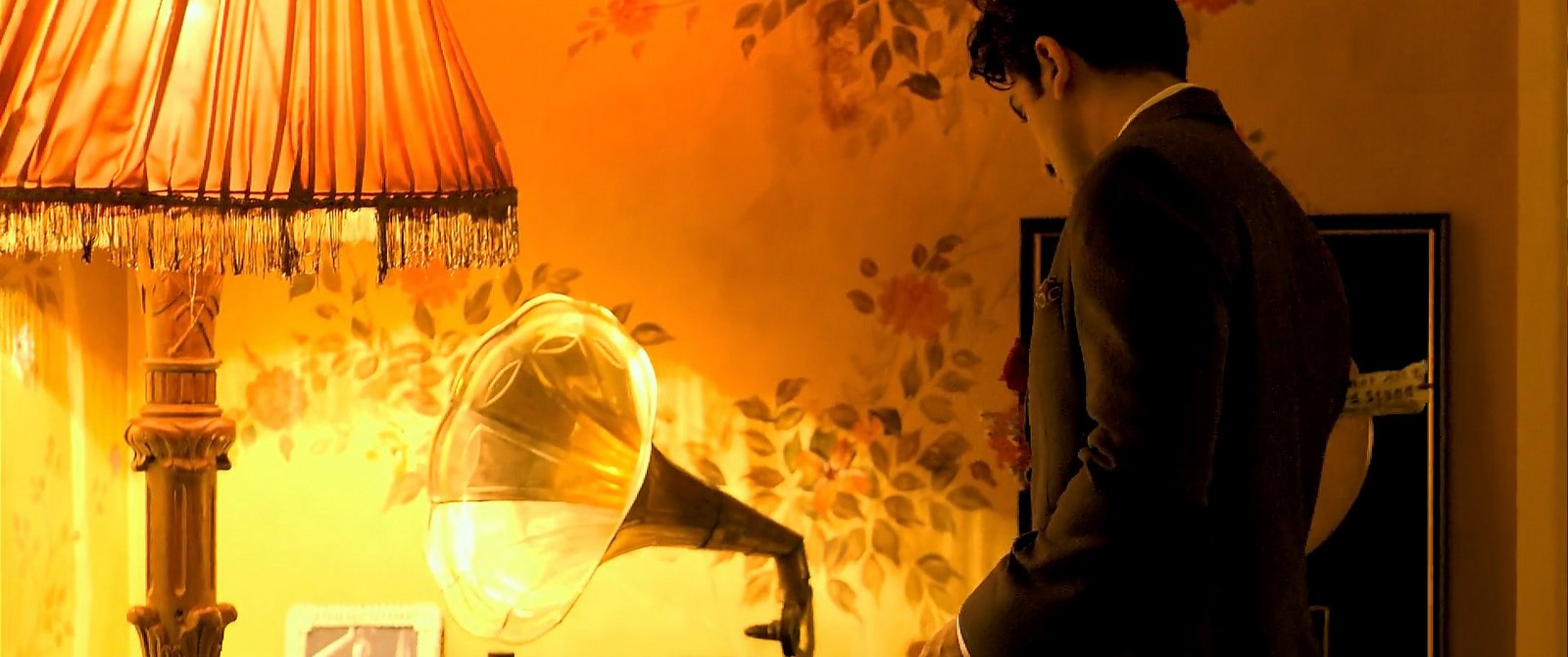
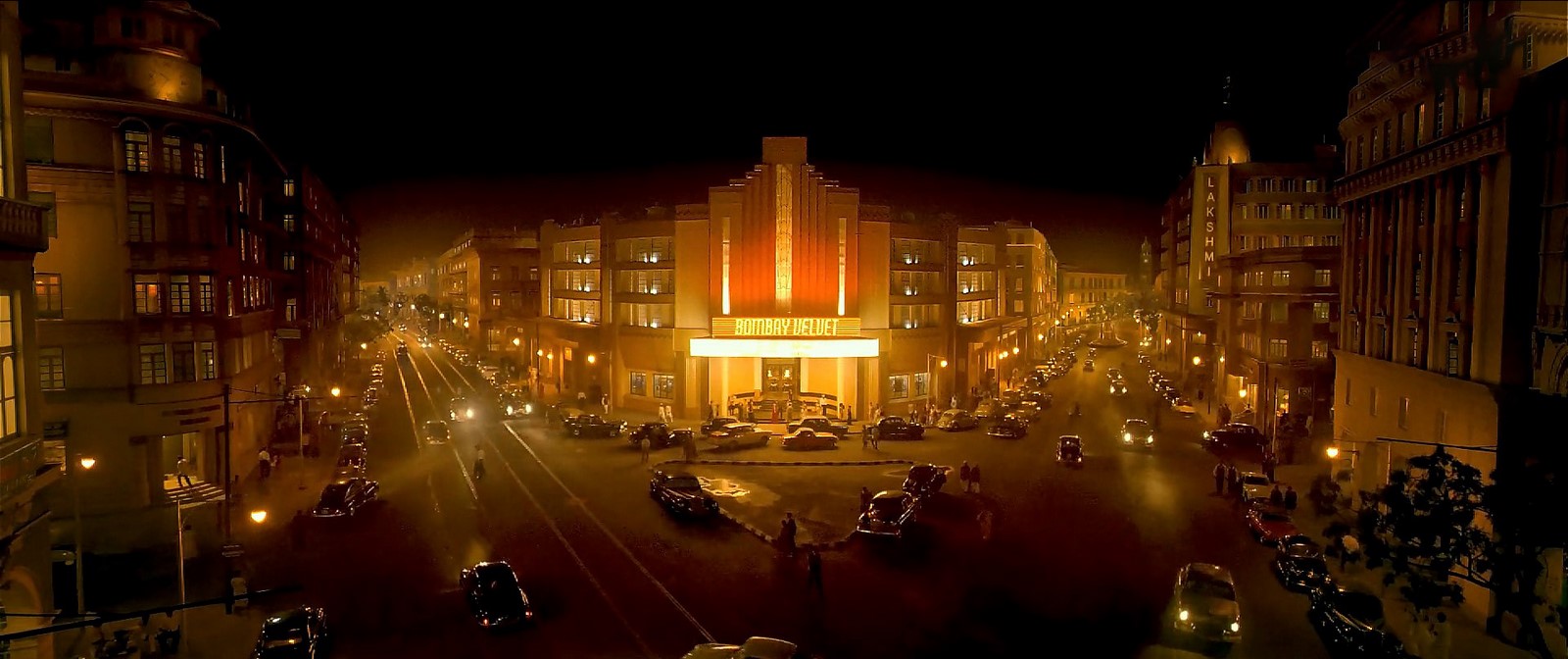
With a closeup of the Bombay Velvet club, the created domain was different from what types of clubs are prominent in the 21st century of India. The dim lighting of the set adds to the overall club setting along with maintaining the cash-rich environment of the place. The frame of the club scenes gives a vintage vibe to various locations giving viewers a shot of old times camera tape. Also, another prominent feature of the club includes eye-catching huge chandeliers depicting the 1960 era showing major responsibility for lighting up the hall. The dim light of the club was majorly responsible for creating a different “setting”.
In the interior of the club, natural and geometric themes feature heavily in art deco interior design ideas. The interior features of classic art deco, Great Gatsby style looks of black, white, silver, and gold colour themes. The complementing colours of the carpet and walls add to the astounding element of the design. Bold and deep jewel tones also have a place in modern art deco interior design. Bright and deep yellows, reds, blues, greens, pinks, and purples, accompanied by softer creams and beiges soften up the art deco look. Fabrics of a solid colour or in a geometric design are visible in the interior. Curvaceous furniture with smooth lines is also prevalent. Wooden furniture boasting an inlaid wood art deco design, sporting the classic geometric and symmetrical designs and Grecian key patterns are requisite features as well. In household frames of the movie, style prints and art for the walls, along with personal finds like vases and figurines for a finishing touch, were also visible.
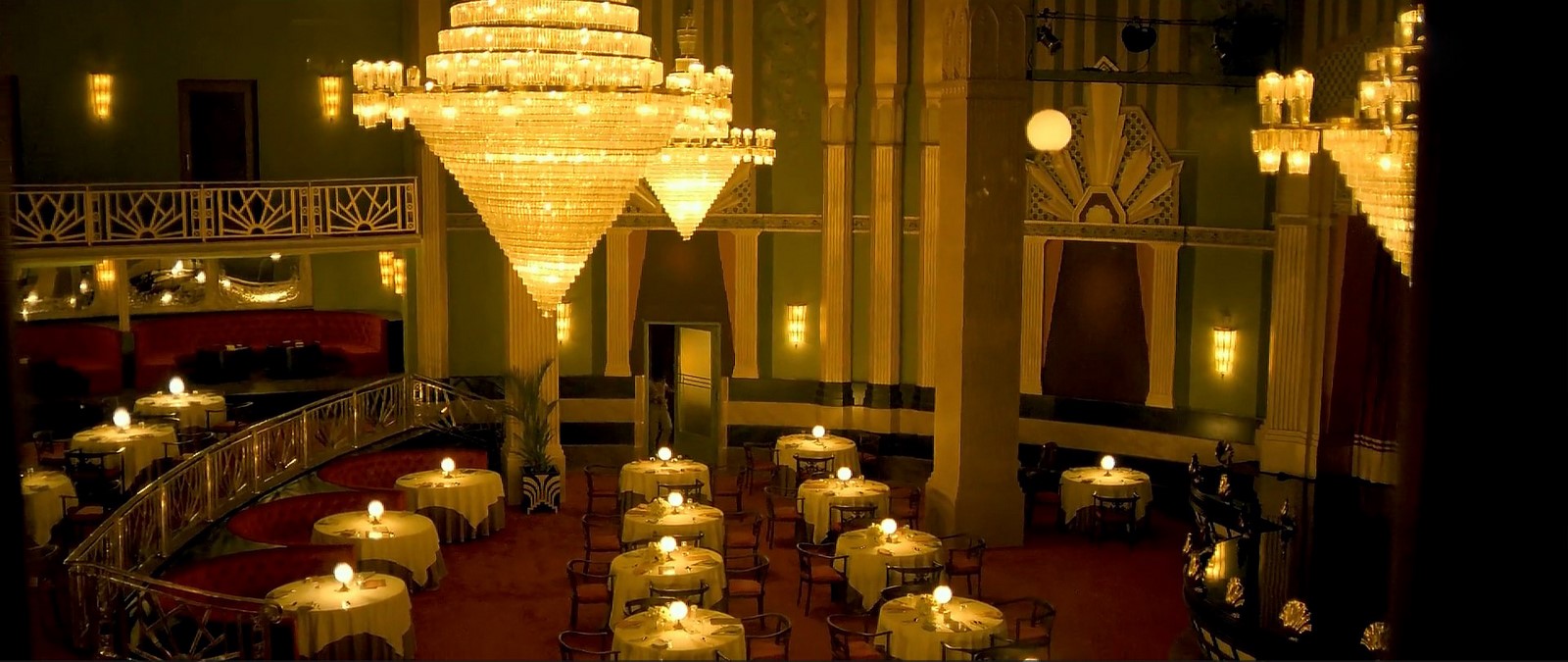
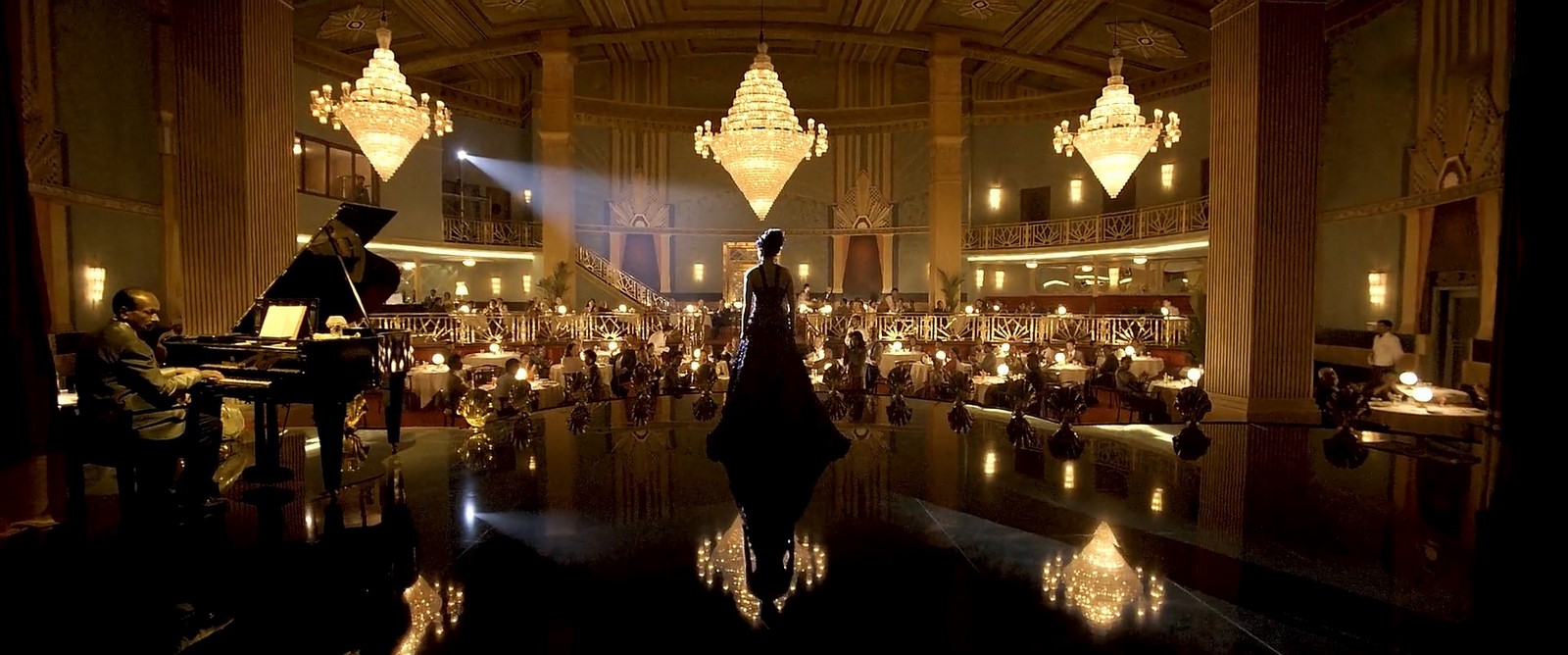

Bombay Velvet failed to impress the audience at the box office, but looking behind the scenes to understand the movie can be considered one of the best works of Anurag Kashyap posing a stamp of tight script & screenplay, distinct characterization, and story-telling. Architecturally, the set formation is one of the marvels of Bollywood with a huge amount of research and respecting the historical boundaries depicted on the set design with as much detail required to create a delusion for people making them believe that they are experiencing the 1960s of Bombay.
References:
- https://www.deccanchronicle.com/150508/entertainment-bollywood/article/watch-heres-how-incredible-effects-were-created-bombay-velvet
- https://timesofindia.indiatimes.com/bombay-velvet-plot-summary/articleshow/47294953.cms
- https://timesofindia.indiatimes.com/entertainment/hindi/bollywood/photo-features/10-films-that-had-larger-than-life-sets/10-films-that-had-larger-than-life-sets/photostory/62018575.cms
- https://www.firstpost.com/bollywood/dress-code-bombay-velvets-period-costumes-are-gorgeous-but-are-not-authentic-2256170.html
- https://economictimes.indiatimes.com/magazines/panache/a-walk-down-memory-lanes-bombay-in-the-60s/articleshow/47230459.cms
- https://www.artdecomumbai.com/research/bombays-transition-to-modernity-the-dawn-of-art-deco-in-bombay/
- https://www.theartofbespoke.com/editorial/art-deco
- https://www.decoraid.com/blog/interior-design-style/art-deco-interior-design/


